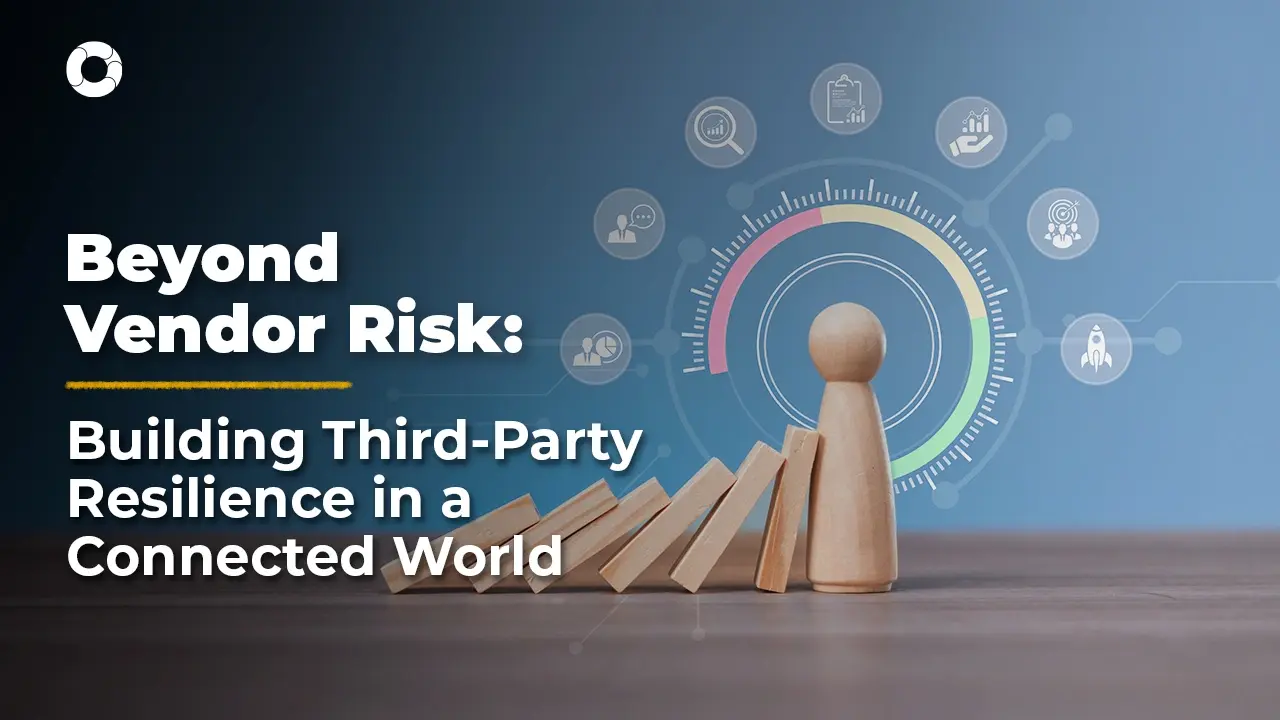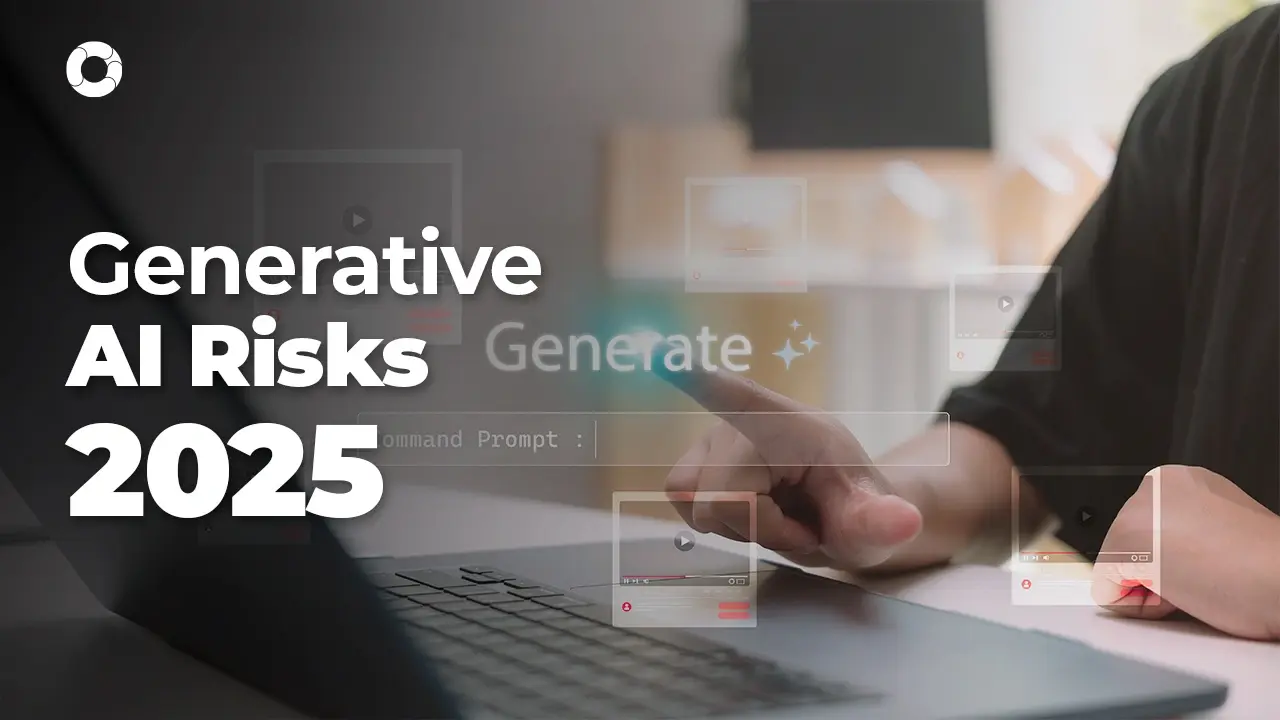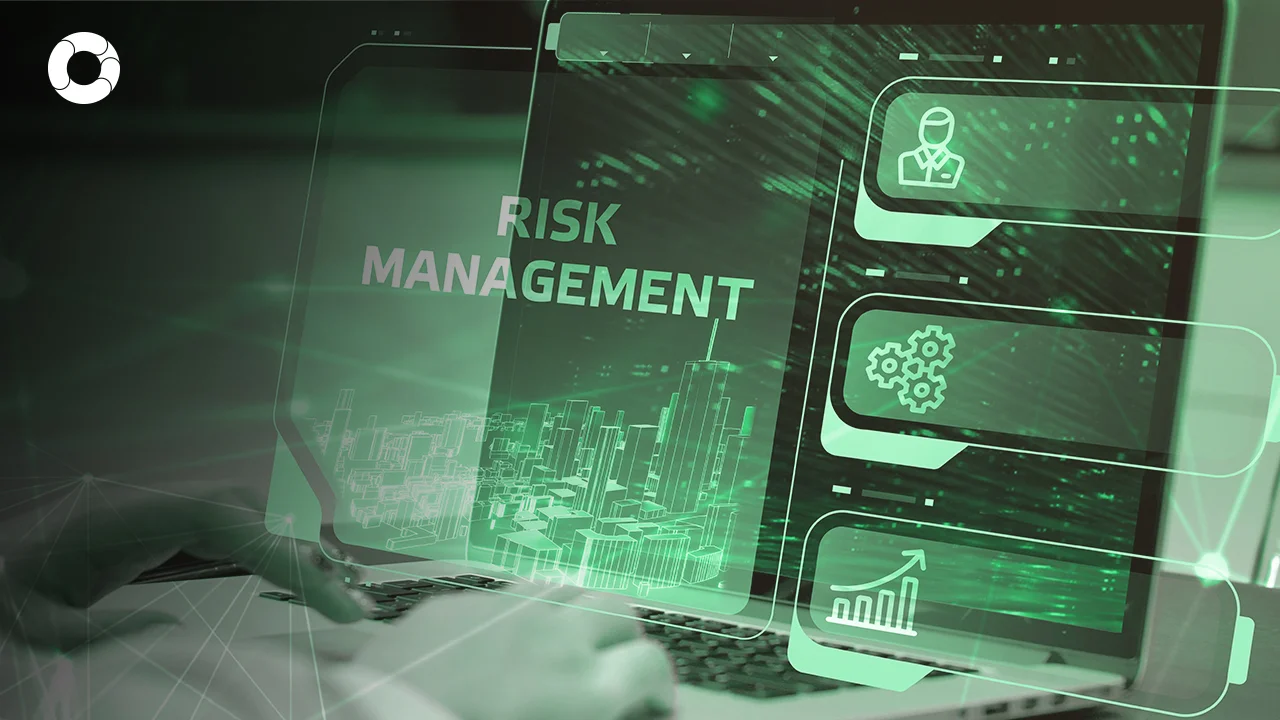3 tips for identifying risks

Identifying risk is the first step towards good management. Here are 3 things to consider as you go through this process.
1. Know the context
Identification begins with an analysis of the context in order to establish the current conditions of the organization and the circumstances surrounding it. We can divide this step in two:
● Analysis of the internal context, in which organizational definitions are studied (mission, vision, internal structure, human, physical, financial resources, etc.) and everything associated with the strategic part of the company.
● Analysis of the external context, including analysis of domestic and foreign settings. This includes stakeholders related to the company; political and economic aspects; social and environmental conditions; and the country and industry situation. In short, all the elements that influence the organization's performance.
2. Define risk levels
After analyzing the context, define the levels to identify risks. These can be strategic or operational.
Include in the strategic risks those that may harm the achievement of the company's mission and the fulfillment of its strategic objectives. In the operational risks, take into account those that may arise in the course of activities relevant to each of the processes and that threaten the fulfillment of its objectives.
3. Analyze the risk
After knowing the context and defining the levels, you should conduct a detailed risk analysis. This analysis should cover the following aspects.
● Name the risks: it is necessary to determine several aspects related to the risks, such as name, meaning, description, triggering factors, causes and effects.
● Describe the risk: after it has been specifically identified and named, you should describe what the risk consists of, that is, how you think it might occur. This clarifies its identification and helps to avoid duplication or the inclusion of apparent risks. This way, it is easier to recognize any existing failures and the solutions that can be implemented.
● Determine the triggering factors: it is essential to know the factors that trigger the risks, such as people, things, events, actions or circumstances that have the capacity to affect the company's activities. We will normally find several triggering factors and not just one for each risk identified. This process facilitates the implementation of the controls required to neutralize the impact of each of the agents determined.
● Recognize the causes: greater importance must be given to those that can be controlled, whether they are inside or outside the organization.
● Know the effects: finally, the process ends with the identification of effects, which are all the losses that the company may suffer if it does not achieve its objectives. The most notable effects that affect organizations include economic losses, loss of information, loss of goods, interruption of operation or service, environmental damage, loss of image, market loss and death or injury.
The effects should not only be considered in relation to the macro-process or process analyzed, but should also be observed from a systemic perspective, globally and as a whole. This will lead to more comprehensive risk management.
You May Also Like
These Related Stories

Beyond Vendor Risk: Building Third-Party Resilience

Managing Risk in Generative AI: Model Risk Management in 2025

Difficulties during risk management

Discover how risks are generated

AI in Risk Management: From Opportunity to Governance Challenge


No Comments Yet
Let us know what you think